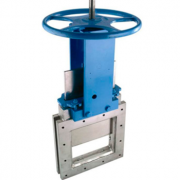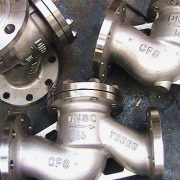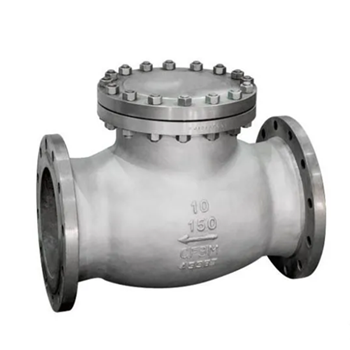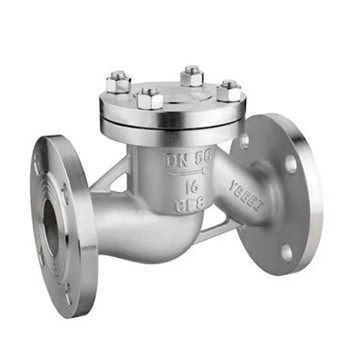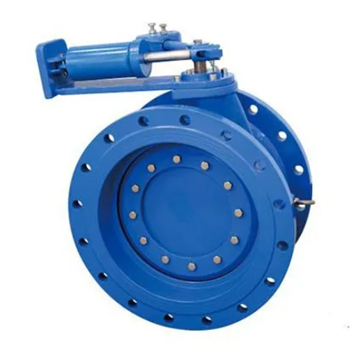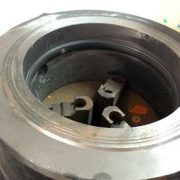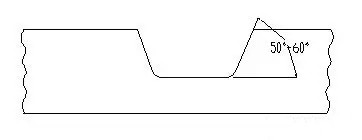What’s sluice gate valve?
Similar with the knife gate valve in shape, the sluice gate valve is a type of manually screw operated gate, also known as a sluice gate valve. The sluice gate valve is mainly composed of frame, gate, screw, nut and other parts used for slurry and abrasive fluid systems. By turning the handwheel, the screw drives the screw nut and gate reciprocating along the horizontal direction to realize the opening and closing of the gate. Its installation is not limited by the Angle, easy to operate, but also to choose an actuator according to customer needs such as pneumatic, electric and so on. General installation flange on both sides can achieve different sizes of pipe installation.
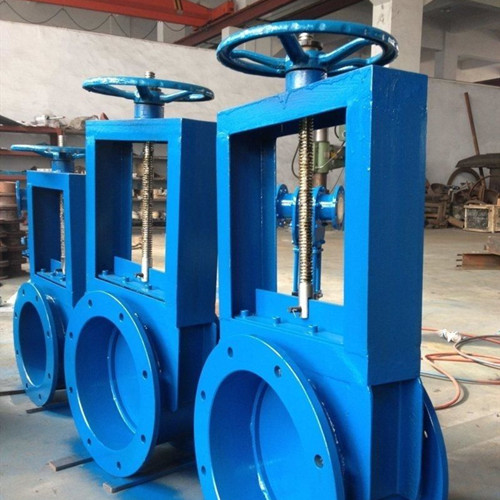
Flange manual sluice gate valve is often used with an unloading device or hopper, generally a square sluice gate valve and circular sluice gate valve according to the shape of the inlet and outlet. Manual sluice gate valve is characterized by advantages of simple structure, reliable sealing, flexible operation, wear resistance, smooth passage, easy installation and disassembly. It is especially suitable for the transportation and flow regulation of water, slurry, powder, solid materials and block/lump materials less than 10mm, has been widely used in pulp and paper, cement industry, mining and food industry. It is an ideal device for where large changes in the control volume, frequent startup/shutdown, and rapid operation are required.
The installation tips of sluice gate valve
- Check the valve chamber and sealing surface, and no dirt or sand is allowed before installation;
- Flange bolt connection shall be tightened evenly;
- The packing part shall be pressed to ensure the sealing property of the packing and flexible opening of the gate;
- Check the valve model, connection size and medium flow direction before installation to ensure that they are consistent with the requirements reserve the necessary space for the valve actuator;
The common specification of sluice gate valve
| Type | A×A | B×B | C×C | H | L | n-d | Weight |
| One-way | 200×200 | 256×256 | 296×296 | 820 | 100 | 8-Φ12 | 62 |
| 250×250 | 306×306 | 346×346 | 930 | 100 | 8-Φ14 | 70.5 | |
| 300×300 | 356×356 | 396×396 | 1050 | 100 | 8-Φ14 | 81 | |
| 400×400 | 456×456 | 496×496 | 140 | 100 | 12-Φ14 | 114 | |
| 450×450 | 510×510 | 556×556 | 1450 | 120 | 12-Φ18 | 130 | |
| 500×500 | 560×560 | 606×606 | 1610 | 120 | 16-Φ18 | 147 | |
| Two -way
|
600×600 | 660×660 | 706×706 | 1830 | 120 | 16-Φ18 | 169 |
| 700×700 | 770×770 | 820×820 | 2130 | 140 | 20-Φ18 | 236 | |
| 800×800 | 870×870 | 920×920 | 2440 | 140 | 20-Φ18 | 303 | |
| 900×900 | 974×974 | 1030×1030 | 2660 | 160 | 27-Φ23 | 424 | |
| 1000×1000 | 1074×1074 | 1130×1130 | 2870 | 160 | 24-Φ23 | 636 |
More details about the sluice gate valve and knife gate valve, contact us now!

